Gem Profile- Lapis Lazuli
Lapis Lazuli
Admired for its incredible, deep royal blue color, Lapis Lazuli is one of the world's oldest lapidary materials. The word "lapis" translates from Latin as "stone," and "lazuli" is derived from either the ancient Persian word "lazhuward" (meaning blue) or the Arabic word "lazaward" (meaning Heaven, sky, or blue). For more than 6,500 years, this semi-precious "gem-rock" has played a major part in cultures around the globe.
Admired for its incredible, deep royal blue color, Lapis Lazuli is one of the world's oldest lapidary materials. The word "lapis" translates from Latin as "stone," and "lazuli" is derived from either the ancient Persian word "lazhuward" (meaning blue) or the Arabic word "lazaward" (meaning Heaven, sky, or blue). For more than 6,500 years, this semi-precious "gem-rock" has played a major part in cultures around the globe.
Lapis Lazuli, also known as simply "lapis," has a Mohs hardness of 5.5 and a density of about 2.7, making it a favorite for those who do lapidary work. This gem-rock's rich blue color comes mainly from lazurite, assisted by hauynite, noselite, and sodalite, with occasional inclusions of calcite, feldspar, diopside and mica. The lovely "stars" that often speckle lapis are iron pyrite. Due to the presence of sulfur, lapis can give an unpleasant odor while it is being cut therefore, like most materials, lapis should be worked wet and with good ventilation. Depending on the amount of pyrite in a piece, lapis lazuli takes a nice polish. Top-grade lapis lazuli is also called "royal" lapis.
Rough Lapis Lazuli, photographed wet (left) and dry (right). Private collection, Dale Armstrong.
Rough Lapis Lazuli, photographed wet (left) and dry (right). Private collection, Dale Armstrong.

Lapis Lazuli by Region
Although some low grade lapis lazuli can be presently found in Italy, Burma and North America, and notable deposits are mined in Chile (Chilean Lapis) and Russia (Siberian Lapis), the major source of high-quality (royal) lapis lazuli both in the past and presently, is Afghanistan. All three of the latter locations are owned and mined by their respective governments. Let's look at some of the differences between these materials.
Marcia Wisehoon created a wire frame for this 10mm cube-cut Lapis Lazuli bead.
"Denim Lapis Lazuli Eye" Pendant and earrings wrapped in craft wire by Judy Copeland
Although some low grade lapis lazuli can be presently found in Italy, Burma and North America, and notable deposits are mined in Chile (Chilean Lapis) and Russia (Siberian Lapis), the major source of high-quality (royal) lapis lazuli both in the past and presently, is Afghanistan. All three of the latter locations are owned and mined by their respective governments. Let's look at some of the differences between these materials.
Marcia Wisehoon created a wire frame for this 10mm cube-cut Lapis Lazuli bead.
"Denim Lapis Lazuli Eye" Pendant and earrings wrapped in craft wire by Judy Copeland


Chilean Lapis most of this variety is not as rich in blue color as "royal" lapis. This material usually contains streaks of white or gray (calcite) and sometimes has spots that may have a green tint. This lapis is often dyed to be sold as a better product, with a lower price tag. It has been mined for more than 2000 years by pre-Columbian cultures, including the Incas, who used lapis to carve into small statues, embellish ceremonial masks, etc. In 1984, lapis lazuli was named the official "National Stone" of Chile by their government. Due to the unfriendly mountain conditions and weather, lapis is only mined here during the short, two-month summer season.
Acceptable, better and best. C Grade lapis beads left, B Grade Lapis cabochons center, A Grade lapis cabs right.
Acceptable, better and best. C Grade lapis beads left, B Grade Lapis cabochons center, A Grade lapis cabs right.

Siberian Lapis comes from the harsh mountains of Russia and can only be mined under favorable conditions, so minerals from the Ural Mountains are rather rare. The lapis found there has conflicting accounts. Some sources claim it is as deep in blue color as the specimens found in Afghanistan, while others say it is pale in color with white inclusions. However, all agree that this lapis has abundant pyrite inclusions. As such, I would tend to believe that the solid material used to carve the 6-foot tall, beautiful urn (pictured below) I saw in the Hermitage last year, came from Afghanistan. As I have mentioned in other Gem Profiles, this building is absolutely a lapidary's dream; filled with all types of ornaments and structures made of solid precious and semi-precious gem materials!
This lovely urn was carved from a solid chunk of Lapis Lazuli and is on display at "Catherine's Palace", The Hermitage Museum, St. Petersburg, Russia.
This lovely urn was carved from a solid chunk of Lapis Lazuli and is on display at "Catherine's Palace", The Hermitage Museum, St. Petersburg, Russia.

"Royal" Lapis Lazuli considered to be the most valuable material, a deep royal blue with next to no white streaks or inclusions and very little pyrite, has been mined in what is now known as the Badakhshan Province, since prehistoric times (probably during the Neolithic Age). The main mine is known as Sar-i-Sang (or Sar-e-Sang) and is believed to have provided most of the beautiful lapis statuary, jewelry and other ornaments found in tombs and on archaeological digs in Egypt (on the other side of the continent). This means that ancient Sumerians and Egyptians treasured this gorgeous gem-rock long before "modern" man. Unfortunately, because of its value, this mine is the subject of continuous war for control and the lapis from it has also been questioned with regard to providing money for arms. To learn more, please read Lapis Lazuli by my friend David Federman (who is always on top of gemstone issues around the world).
Lapis Lazuli pendant wrapped by Janet Crane in a mix of sterling silver and gold-filled wire, with Swarovski crystal beads.
Lapis Lazuli pendant wrapped by Janet Crane in a mix of sterling silver and gold-filled wire, with Swarovski crystal beads.

I also need to mention another important personality who had a very specific use for lapis. Queen Cleopatra VII had her servants mix finely powdered lapis with an extending fluid (speculation mentions oil or beeswax) and then apply it as her special eye shadow. (Lapis was supposedly an aphrodisiac, maybe this was part of her charm?) Lapis also enjoys the honor of being one of the oldest stones used in the creation of wearable jewelry (believe it or not, "wire" jewelry!). Most often the "royal" blue stone was reserved for those of noble birth as a symbol of royalty. (Really, the best information I can recommend here, is this excerpt from Peter Bancroft's book Gem & Crystal Treasures, titled Lapis Lazuli from Afghanistan that I found totally amazing!)
Alexander the Great is given credit for introducing lapis to Europe. Once there, industrious individuals found that finely powdered lapis could be used as a paint pigment, producing a most beautiful color that was named "ultra-marine". It became an important status symbol for Renaissance artists to use ultramarine paints. Lapis is also used to make special dyes in our "modern" world.
Fine example of ancient Egyptian use of lapis. (J. Bodsworth)
Alexander the Great is given credit for introducing lapis to Europe. Once there, industrious individuals found that finely powdered lapis could be used as a paint pigment, producing a most beautiful color that was named "ultra-marine". It became an important status symbol for Renaissance artists to use ultramarine paints. Lapis is also used to make special dyes in our "modern" world.
Fine example of ancient Egyptian use of lapis. (J. Bodsworth)

Lapis in Culture
Some Buddhists believe that lapis brings freedom from negative thoughts and promotes inner peace. Modern metaphysical healers use lapis as a way to focus their energies. It is also said to be good for those who teach or lecture and as a way to assist in curing a sore throat. Lapis lazuli has been the subject of poetry and is widely used in fictional stories and video game plots, often as a "magical" item. One of the best properties of lapis lazuli is that due to its lazurite composition it is resistant to fading in the sun (called "lightfast").
Raw lapis lazuli wire wrapped in copper wire with gold accents by Charlotte Crawford
and
Lapis Lazuli cabochon wrapped in sterling silver wire by Gina Smith
Some Buddhists believe that lapis brings freedom from negative thoughts and promotes inner peace. Modern metaphysical healers use lapis as a way to focus their energies. It is also said to be good for those who teach or lecture and as a way to assist in curing a sore throat. Lapis lazuli has been the subject of poetry and is widely used in fictional stories and video game plots, often as a "magical" item. One of the best properties of lapis lazuli is that due to its lazurite composition it is resistant to fading in the sun (called "lightfast").
Raw lapis lazuli wire wrapped in copper wire with gold accents by Charlotte Crawford
and
Lapis Lazuli cabochon wrapped in sterling silver wire by Gina Smith


Ancient Mesopotamia (present day Iraq, Turkey, Iran and Syria) is the main location for the activities described in The Bible. In Exodus where the breastplate of judgment is commanded to be made for the high priest, Aaron, a "sapphire" is one of the required cabochons. Due to the location and the fact that in ancient times any blue stone could be called "sapphire" (also meaning "blue stone") historians speculate that the stone was actually lapis. As Walter Schumann writes in Gemstones of the World, "In antiquity and as late as the Middle Ages, the name sapphire was understood to mean what is today described as lapis lazuli."
A nice example of carved B grade Lapis Lazuli (with pyrite) carved into a statue of Buddha, next to a statuette of "Sodalite." Private collection, Skye Thompson.
A nice example of carved B grade Lapis Lazuli (with pyrite) carved into a statue of Buddha, next to a statuette of "Sodalite." Private collection, Skye Thompson.

Lapis Treatments and Quality
Denim Lapis: This is basically a trade name for a lapis rock very inferior to royal lapis that was given its name marketing. In fact, when I was much younger and learning to hunt rocks, whenever we picked up this material, we were told that it was a "leaverite," meaning "leave it right there." Denim lapis is popular especially with the younger crowd because it resembles faded blue denim, but in my opinion it is not qualified to be called a "gem-rock."
When shopping for Lapis Lazuli, you should be aware that besides material from Chile and other locations being dyed, inferior lapis is also sometimes waxed or oiled to make the color darker. Howlite, dolomite (marble), jasper, and quartzite can also be easily dyed to resemble lapis, as well as sodalite! Other look-alikes include dyed marble, ceramic, and the obvious glass. "Reconstituted" lapis is a created material, made by crushing natural rock and adding bonding agents, sometimes with dye, and then processing it into a block that can be cut and cabbed, carved, or made into beads, etc. Some lapidaries will not purchase any rough lapis material that does not have a bit of white or pyrite showing, because they want to be assured of a "true" material. Remember that although "selection is the artist's choice," pieces that do not contain pyrite and seem to be reasonably priced are most likely not real lapis.
Cindy Albers wire wrapped this lapis lazuli cabochon and complementing sapphire CZs into a pendant.
Denim Lapis: This is basically a trade name for a lapis rock very inferior to royal lapis that was given its name marketing. In fact, when I was much younger and learning to hunt rocks, whenever we picked up this material, we were told that it was a "leaverite," meaning "leave it right there." Denim lapis is popular especially with the younger crowd because it resembles faded blue denim, but in my opinion it is not qualified to be called a "gem-rock."
When shopping for Lapis Lazuli, you should be aware that besides material from Chile and other locations being dyed, inferior lapis is also sometimes waxed or oiled to make the color darker. Howlite, dolomite (marble), jasper, and quartzite can also be easily dyed to resemble lapis, as well as sodalite! Other look-alikes include dyed marble, ceramic, and the obvious glass. "Reconstituted" lapis is a created material, made by crushing natural rock and adding bonding agents, sometimes with dye, and then processing it into a block that can be cut and cabbed, carved, or made into beads, etc. Some lapidaries will not purchase any rough lapis material that does not have a bit of white or pyrite showing, because they want to be assured of a "true" material. Remember that although "selection is the artist's choice," pieces that do not contain pyrite and seem to be reasonably priced are most likely not real lapis.
Cindy Albers wire wrapped this lapis lazuli cabochon and complementing sapphire CZs into a pendant.

Lapis lazuli is a truly beautiful stone, resembling a clear night sky speckled with stars. For those of you who have asked about making men's jewelry, lapis lazuli is as popular a choice for a ring, as black onyx is! Next week we will learn a bit about a material that is becoming popular with modern jewelers, the sparkle in lapis lazuli: pyrite. Have you wire wrapped pyrite before? Send pictures of your pyrite jewelry to tips@wire-sculpture.com and they could be featured!
Lapis lazuli cabochons cut by Charlie Armstrong and wrapped by Dale Armstrong.
and
Beverly Brown cut, polished, and wrapped this lapis lazuli cabochon.
Lapis lazuli cabochons cut by Charlie Armstrong and wrapped by Dale Armstrong.
and
Beverly Brown cut, polished, and wrapped this lapis lazuli cabochon.


Resources
Print Resources:
Rubies & Sapphires (Fourth Edition) by Fred Ward, ISBN-10: 9781887651103, ISBN-13: 978-1887651103
Lapis Lazuli from Afghanistan by Peter Bancroft, I.B. Tauris, London, ISBN 978-1-85043-436-8
Gemstones of the World by Walter Schumann, ISBN 0-8069-3088-8
Internet Resources:
www.fashion-era.com
www.lazulita.cl
www.mindat.org
Print Resources:
Rubies & Sapphires (Fourth Edition) by Fred Ward, ISBN-10: 9781887651103, ISBN-13: 978-1887651103
Lapis Lazuli from Afghanistan by Peter Bancroft, I.B. Tauris, London, ISBN 978-1-85043-436-8
Gemstones of the World by Walter Schumann, ISBN 0-8069-3088-8
Internet Resources:
www.fashion-era.com
www.lazulita.cl
www.mindat.org
Materials

Wire

Lapis 10mm Round Beads - 8 Inch Strand
A1-235
- Lesson Quantity: 1.00 pieces
- Purchase Quantity: 1.00 each
- Price: $20.87
- Gold Club Price: $15.65

Lapis 13x18mm Oval Cabochon
E8-12C
- Lesson Quantity: 1.00 pieces
- Purchase Quantity: 1.00 each
- Price: $6.00
- Gold Club Price: $4.50

Lapis 30x40mm Oval Beads - 8 Inch Strand
A1-240
- Lesson Quantity: 1.00 pieces
- Purchase Quantity: 1.00 each
- Price: $35.97
- Gold Club Price: $26.98

Lapis 8x10mm Tumbled Nugget Beads - 8 Inch Strand
A1-691
- Lesson Quantity: 1.00 pieces
- Purchase Quantity: 1.00 each
- Price: $9.47
- Gold Club Price: $7.10

Lapis Beads

Lapis Cabochons
Tools

Ultimate wire-pliers Set
G15-20
- G15-20
- Lesson Quantity: 1.00 pieces
- Purchase Quantity: 1.00 each
- Price: $99.95
- Gold Club Price: $74.96

Bench Tools
- Category: General Education
- Technique(s): General Education






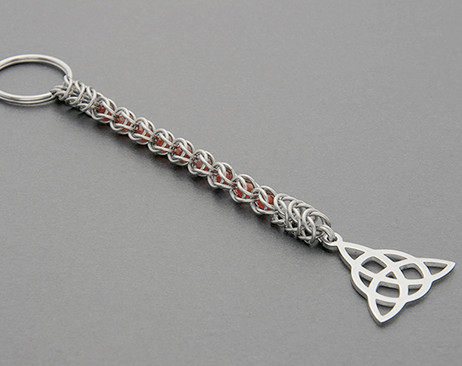
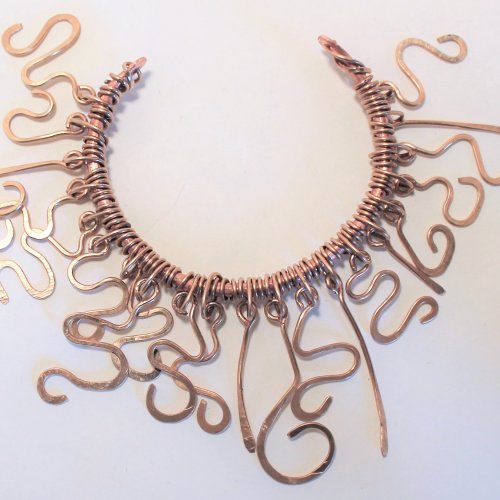
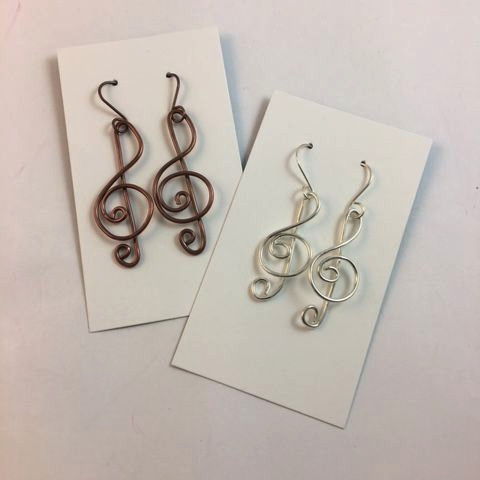

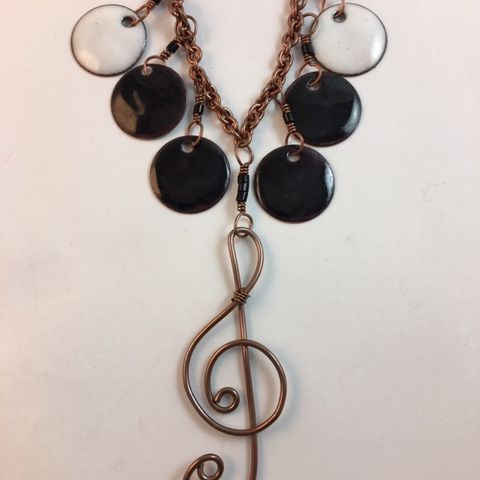
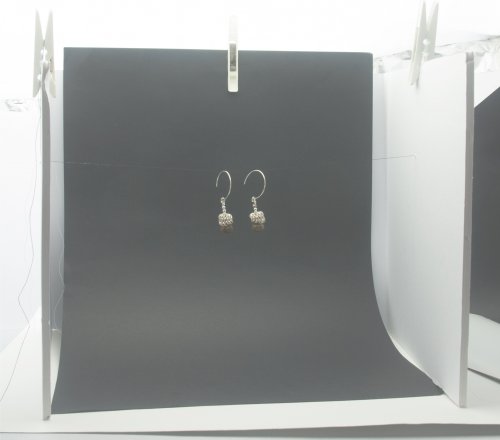

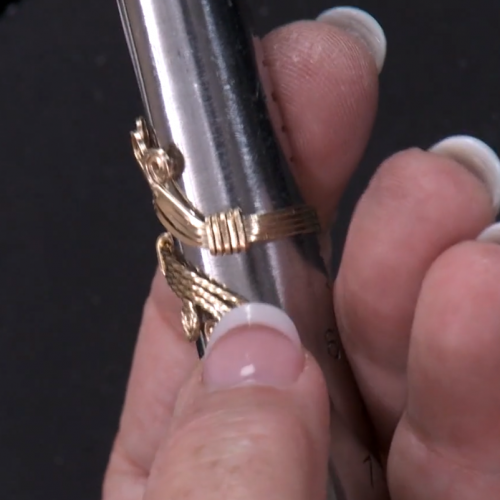

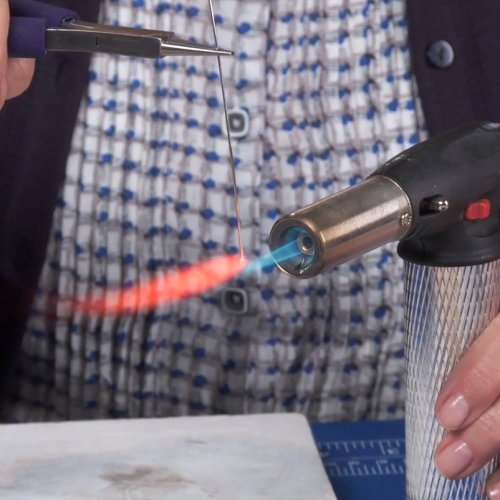

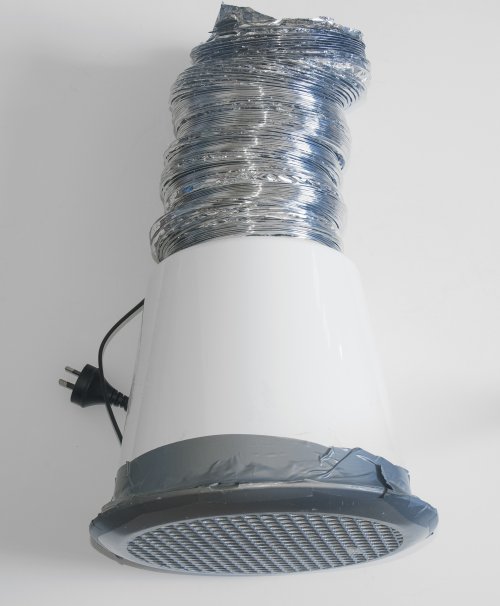
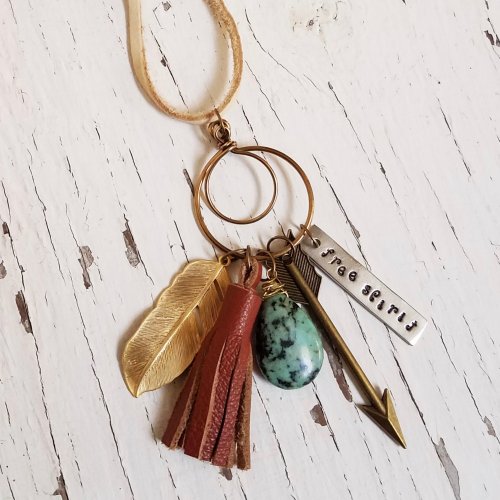
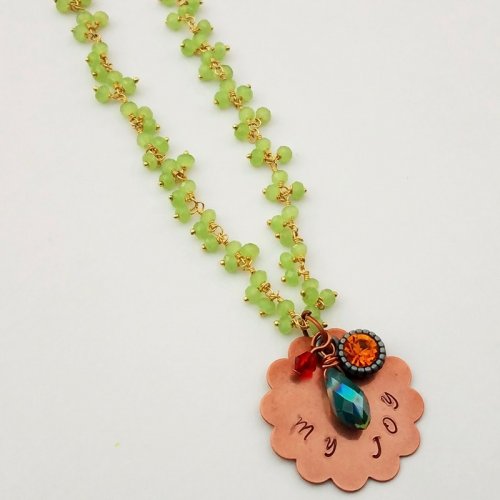
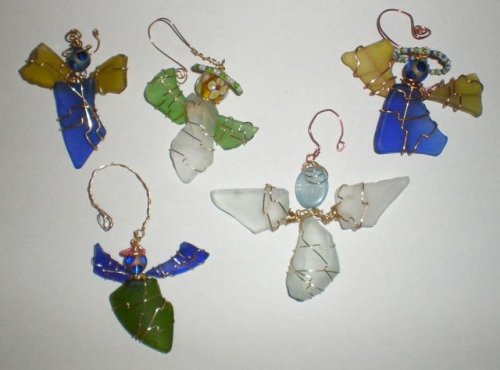
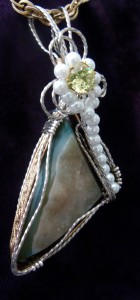
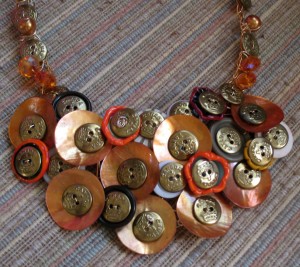
 Getting Twisted - Jewelry Making Tools
Getting Twisted - Jewelry Making Tools How to Price Your Wire Jewelry
How to Price Your Wire Jewelry How to Measure Gemstones for Settings
How to Measure Gemstones for Settings Cool Anklets are HOT
Cool Anklets are HOT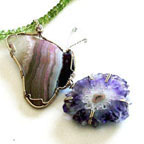 Inspiration Comes from Everywhere and Every Thing
Inspiration Comes from Everywhere and Every Thing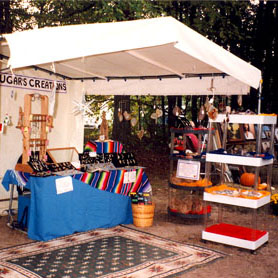 Wire Jewelry Display and Booth Ideas
Wire Jewelry Display and Booth Ideas Where to Sell Your Wire Jewelry
Where to Sell Your Wire Jewelry How to Choose Wire Temper for Making Jewelry
How to Choose Wire Temper for Making Jewelry What Gauge of Wire Should I Use to Make Jewelry
What Gauge of Wire Should I Use to Make Jewelry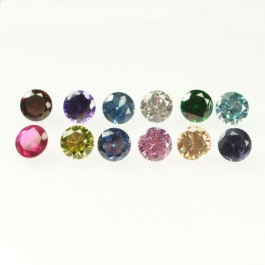 What's a Cubic Zirconia Stone
What's a Cubic Zirconia Stone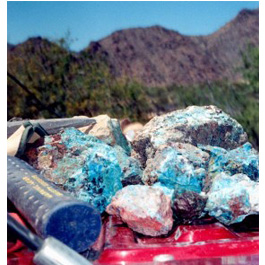 Rockhounding - A Beginner's Guide
Rockhounding - A Beginner's Guide What Shape of Wire Should I Use to Make Jewelry
What Shape of Wire Should I Use to Make Jewelry Gem Profile- Bloodstone
Gem Profile- Bloodstone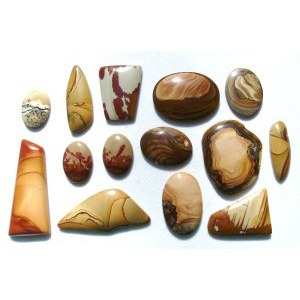 Gem Profile- Picture Jasper
Gem Profile- Picture Jasper Gem Profile- Patterned Jaspers
Gem Profile- Patterned Jaspers Gem Profile- What is Jasper
Gem Profile- What is Jasper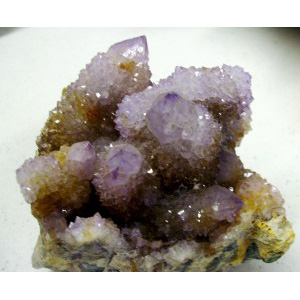 Gem Profile- Quartz Introduction
Gem Profile- Quartz Introduction Gem Profile- Wishful Turquoise
Gem Profile- Wishful Turquoise Gem Profile- Amethyst
Gem Profile- Amethyst Gem Profile- Fluorite
Gem Profile- Fluorite Gem Profile- Obsidian
Gem Profile- Obsidian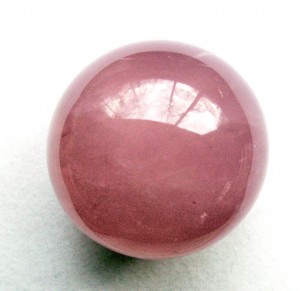 Gem Profile- Rose Quartz
Gem Profile- Rose Quartz Gem Profile- Smoky Quartz
Gem Profile- Smoky Quartz Gem Profile- Citrine and Ametrine
Gem Profile- Citrine and Ametrine Gem Profile- Labradorite
Gem Profile- Labradorite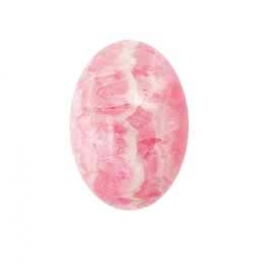 Gem Profile- Rhodochrosite
Gem Profile- Rhodochrosite Gem Profile- Moonstone
Gem Profile- Moonstone Gem Profile- Prehnite
Gem Profile- Prehnite Gem Profile- Jade
Gem Profile- Jade Gem Profile- Amazonite
Gem Profile- Amazonite Gem Profile- Corundum
Gem Profile- Corundum Gem Profile- Quartz with Inclusions Part 1
Gem Profile- Quartz with Inclusions Part 1 Gem Profile- Quartz with Inclusions Part 2
Gem Profile- Quartz with Inclusions Part 2 Gem Profile- Aventurine
Gem Profile- Aventurine Gem Profile- Macrocrystalline Quartz
Gem Profile- Macrocrystalline Quartz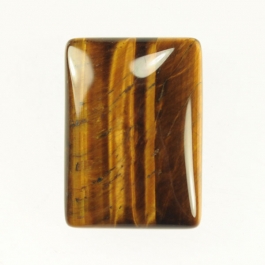 Gem Profile- Tiger Eye
Gem Profile- Tiger Eye Gem Profile- Fire Agate and Iris Agate
Gem Profile- Fire Agate and Iris Agate Gem Profile- Amber
Gem Profile- Amber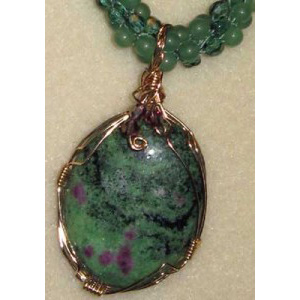 Gem Profile- Ruby Zoisite
Gem Profile- Ruby Zoisite Gem Profile- Ruby Fuchsite
Gem Profile- Ruby Fuchsite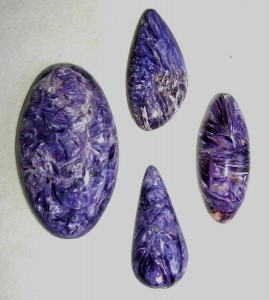 Gem Profile- Charoite
Gem Profile- Charoite Gem Profile- Moldavite
Gem Profile- Moldavite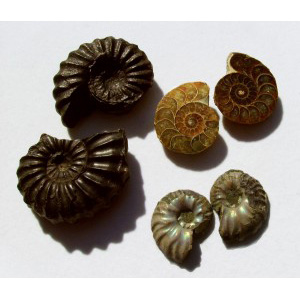 Gem Profile- Ammolite
Gem Profile- Ammolite Gem Profile- White Precious Opal
Gem Profile- White Precious Opal Gem Profile- Opalized Fossils
Gem Profile- Opalized Fossils Gem Profile- Boulder Opal
Gem Profile- Boulder Opal Gem Profile- Black Precious Opal
Gem Profile- Black Precious Opal Gem Profile- Pyrite
Gem Profile- Pyrite Gem Profile- Opal Introduction
Gem Profile- Opal Introduction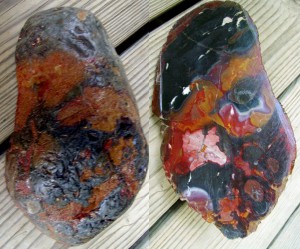 Gem Profile- Beautifully Colored Jasper
Gem Profile- Beautifully Colored Jasper Gem Profile- Common Opal
Gem Profile- Common Opal Wire Sculpture Expert Dale -Cougar- Armstrong Interview
Wire Sculpture Expert Dale -Cougar- Armstrong Interview

